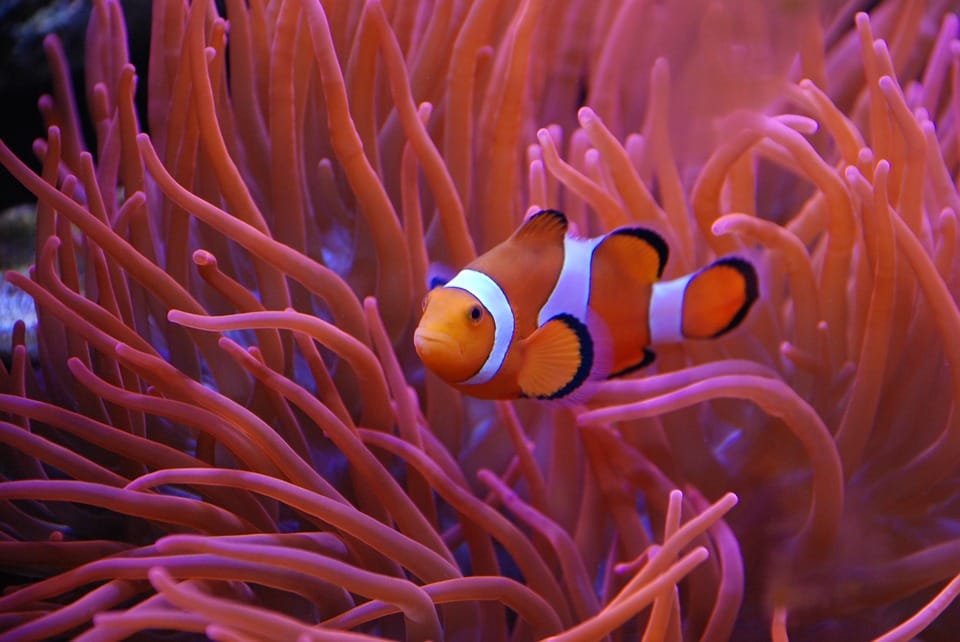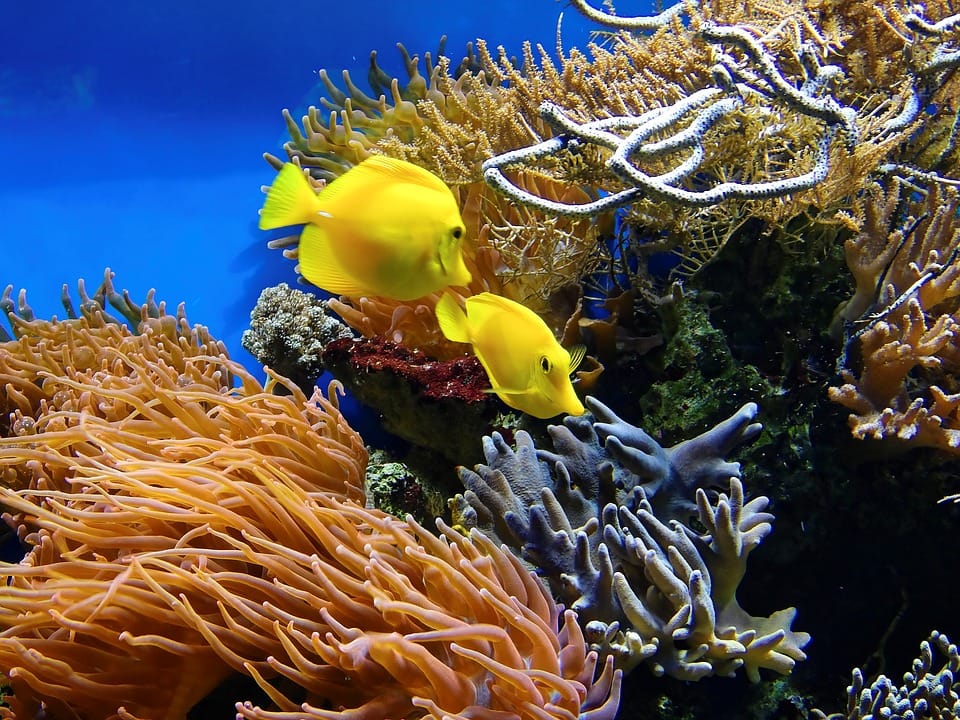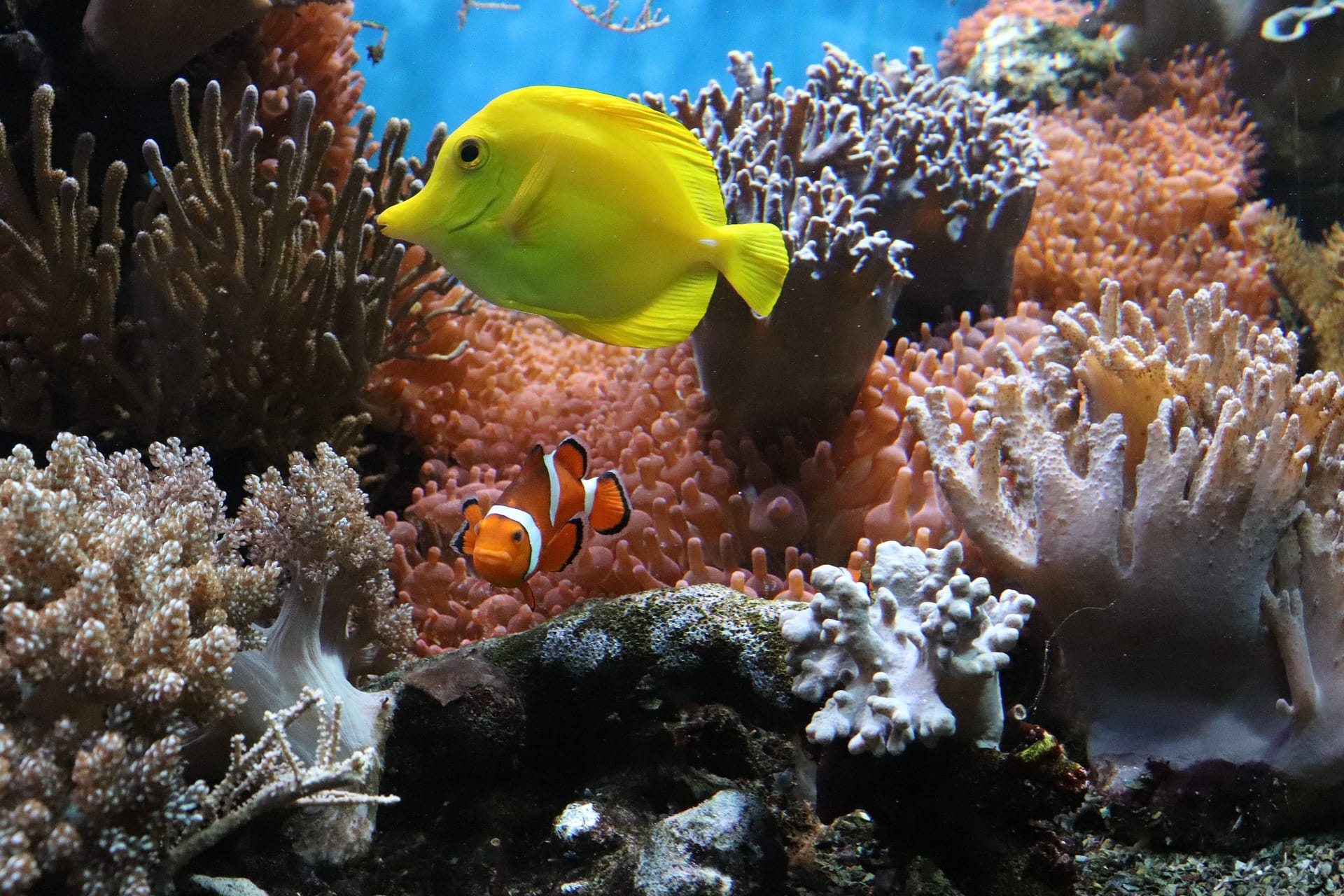Last year, Thai authorities banned the use of certain sunscreens because they allegedly contributed to the bleaching of coral reefs. We decided to check whether sunscreens are really dangerous for marine life.
Media ("Vesti.FM", "Vostok-media", "New News") wrote about the negative impact of sunscreens on corals even before they were banned in Thailand. When this news appeared, it was immediately published by a number of Russian and foreign publications (Lenta.ru, Interfax, BBC, "Fontanka" etc.). Glossy magazines (Glamor, Vogue, Blueprint) have started posting selections of eco-friendly tanning products and guides on how to choose them. Tips on how to protect yourself from the sun and not harm nature, appeared on diving sites. They wrote about this problem in popular science publications. publications.
The Thai authorities have indeed banned the use of some sunscreens on beaches. The ban affected creams and lotions containing oxybenzone, octinoxate, enzacamene (4-methylbenzylidene camphor) and butylparaben. Moreover, the fine will hit the violator hard in the pocket - amounts reach 100,000 baht (almost 245,000 rubles at the exchange rate as of February 2022). Are these products really that dangerous? In Thailand they think so, and not only there: a similar ban is already in effect in Hawaii (and not only the use, but also the sale of such products is prohibited there) and the island Palau.
These concerns are scientifically based. In 2008, Italian scientists held a series of experiments in the natural environment (in the Atlantic, Pacific and Indian oceans, as well as in the Red Sea) and in the laboratory and found that even the minimum content of substances included in sunscreens and lotions leads to rapid bleaching of corals. These substances make corals more susceptible to high temperatures. And exposure to too warm water is the cause of discoloration.

In 2015, a group of American and Israeli scientists confirmed conclusions of their colleagues. They studied the effects of oxybenzone on seven species of corals and found that the substance was toxic to each of them. Moreover, the higher the concentration of oxybenzone, the faster the discoloration process occurred. Biologists have concluded that sunscreens containing oxybenzone may pose a threat to the conservation of coral reefs.
It would seem, what could be the concentration of a cream or lotion washed off from a tourist’s skin on the scale of the world’s oceans? The same scientists considered it to be quite significant: according to their data, about 14,000 tons of sunscreen are washed off from the skin of swimmers and divers around the world every year. Some of them settle on corals growing in popular tourist spots. This data confirms and the American Chemical Society. They also noted that toxic substances from sunscreens cause damage not only to corals, but also to other marine life.
Scientists from the Sorbonne, who also conducted experiments and confirmed the conclusions of their colleagues even called on the EU authorities to join Hawaii and Thailand and ban the use of such Sanskrins in European countries. UN also believesthat this is a fairly serious problem, and supports scientists in their concern. With her I agree and the US National Ocean Service.

US National Park Service calls Avoid sunscreens with ingredients that can harm coral, even if you don't plan to swim in the ocean. After all, as soon as you wash off the cream in the shower, it will end up in the sewer system, then in underground or freshwater reservoirs, and from there into the ocean.
Of course, many cosmetics companies immediately began releasing products labeled “Safe for Coral.” But since this concept itself is not clearly regulated anywhere and is not regulated by any regulations, in fact, how safe the product is really remains on the conscience of the manufacturer: he is not obliged to conduct any tests. So such a mark may well turn out to be just a marketing ploy. Environmentalists recommend not taking the manufacturers’ word for it, but carefully reading the composition of the product.
At the same time, there are those among scientists who do not agree with the prohibitions of sunscreens. First of all, these are dermatologists. Specialists from the US National Society of Cutaneous Medicine came to conclusion: There is not enough data to say that sunscreen with oxybenzone is that much harmful to corals, because the studies are relatively recent and there are not so many of them. But the ban on the most effective drugs, according to doctors, could lead to an increase in the number of skin cancers in the future.

American Consumer Health Products Association condemned banning sunscreens in Hawaii because it also fears negative consequences for public health. Moreover, according to the association, this ban allows us to turn a blind eye to the real causes of coral extinction.
Emeritus Professor at James Cook University, Australia Terry Hughes assertsthat the problem with corals is not sunscreen at all, but climate change. He refers to his own study, which shows that bleaching events on the Great Barrier Reef precisely coincide with periods when ocean water was warmest (1998, 2002, 2016 and 2017). And it was this, Hughes argues, that harmed the corals, not the cream that washed off the surfers' skin. True, this does not refute the opinion of those researchers who believe that such pollution reduces the natural protection of corals and only aggravates the negative effect of too warm water. Hughes also criticizes the same American-Israeli group of scientists who conducted experiments on seven types of corals: in his opinion, their results are not representative, and their research methods are not entirely correct.
The good news is that bleaching is a reversible process and reefs can recover, but they need comfortable conditions and time to do so. If the bleaching process continues for a long time and is repeated frequently, the corals die.
By data UN, from 2008 to 2019, about 14% of the world's corals died (approximately 11,700 km2). Corals take thousands of years to grow, so there is no hope that their population will be able to fully recover in the foreseeable future. Coral reefs cover just 0.2% of the seabed, yet are a critical ecosystem with the highest level of biodiversity in the world. 25% of marine life lives in reefs, and if there are no corals, all these animals and plants will also be in danger of dying. In addition, corals provide critical natural protection for coastal cities, holding back waves and reducing the risk of flooding.
By forecasts According to the United Nations Environment Programme, if global warming is not stopped by 2034, coral bleaching will become an annual occurrence, leaving no time for them to recover. This means that if they cannot adapt to higher temperatures, our generation will see their complete extinction. Therefore, even though scientists have not reached a consensus on whether sunscreens actually have a significant negative effect on corals, it may be worth paying extra attention to the composition of tanning products to ensure that the problem does not worsen.
This is not accurate
Read on the topic:
- UN Environment Program interactive coral project
- Big Barry reef. The main miracle of Australia (Anton Ptushkin)
If you find a spelling or grammatical error, please let us know by highlighting the error text and clicking Ctrl+Enter.






